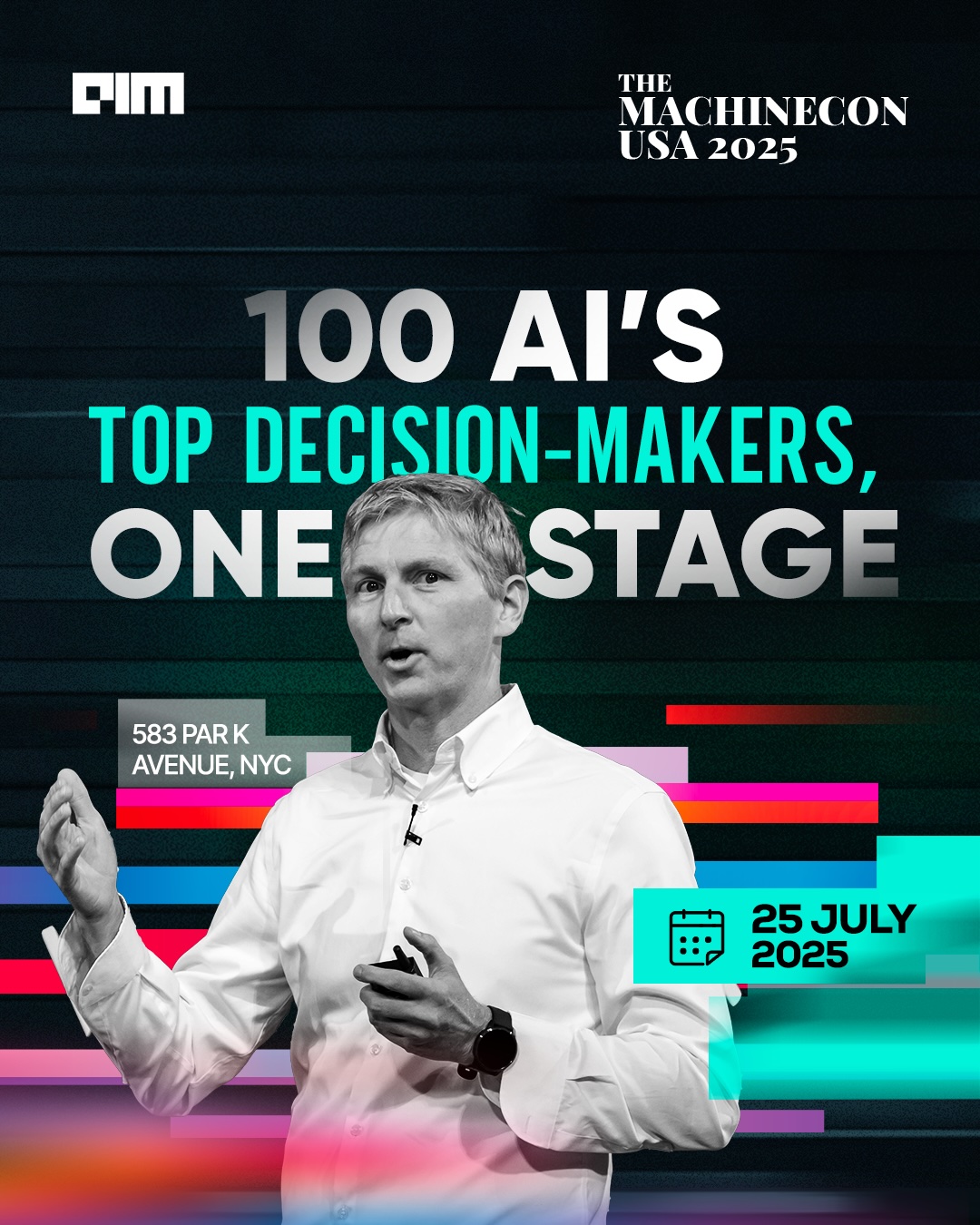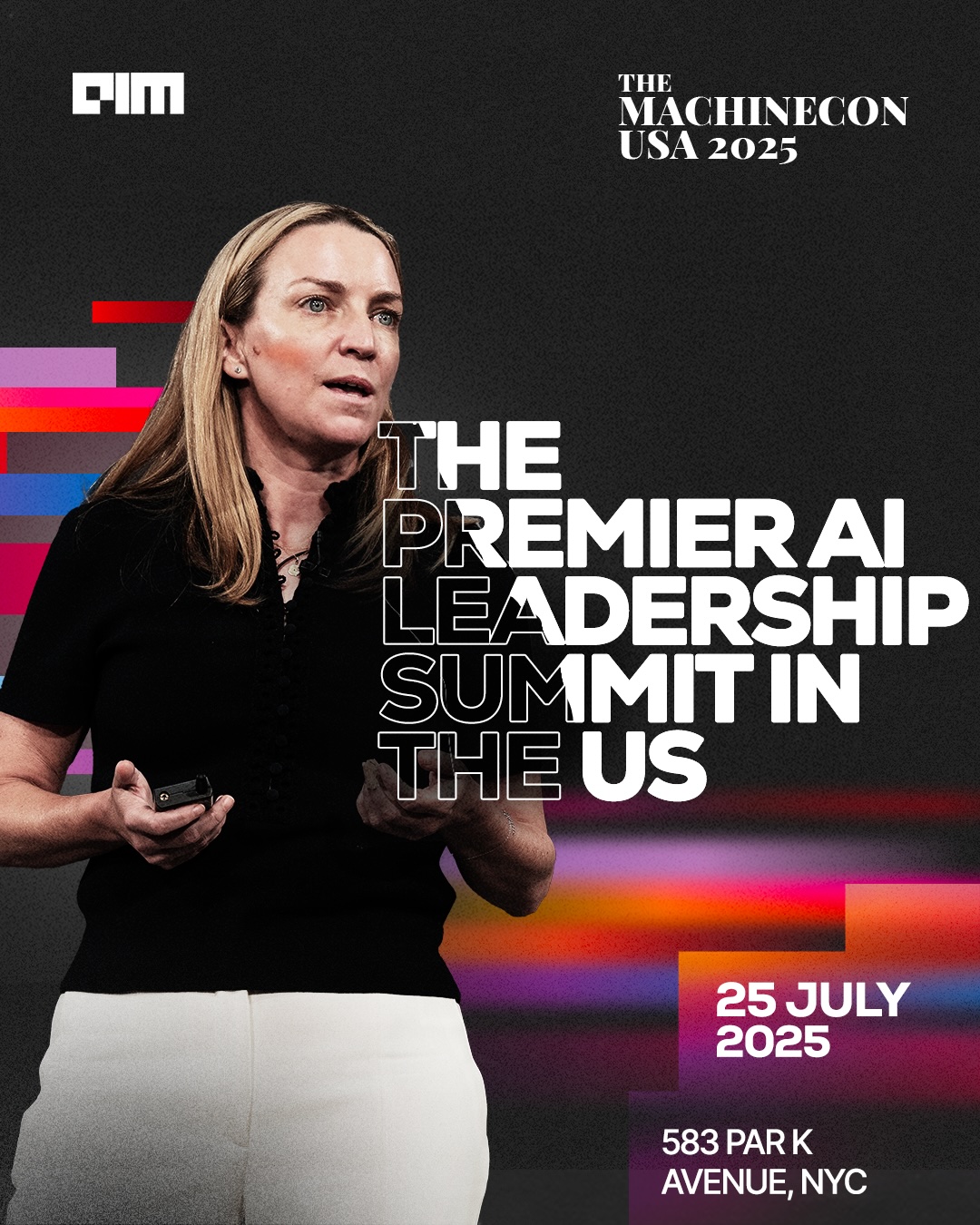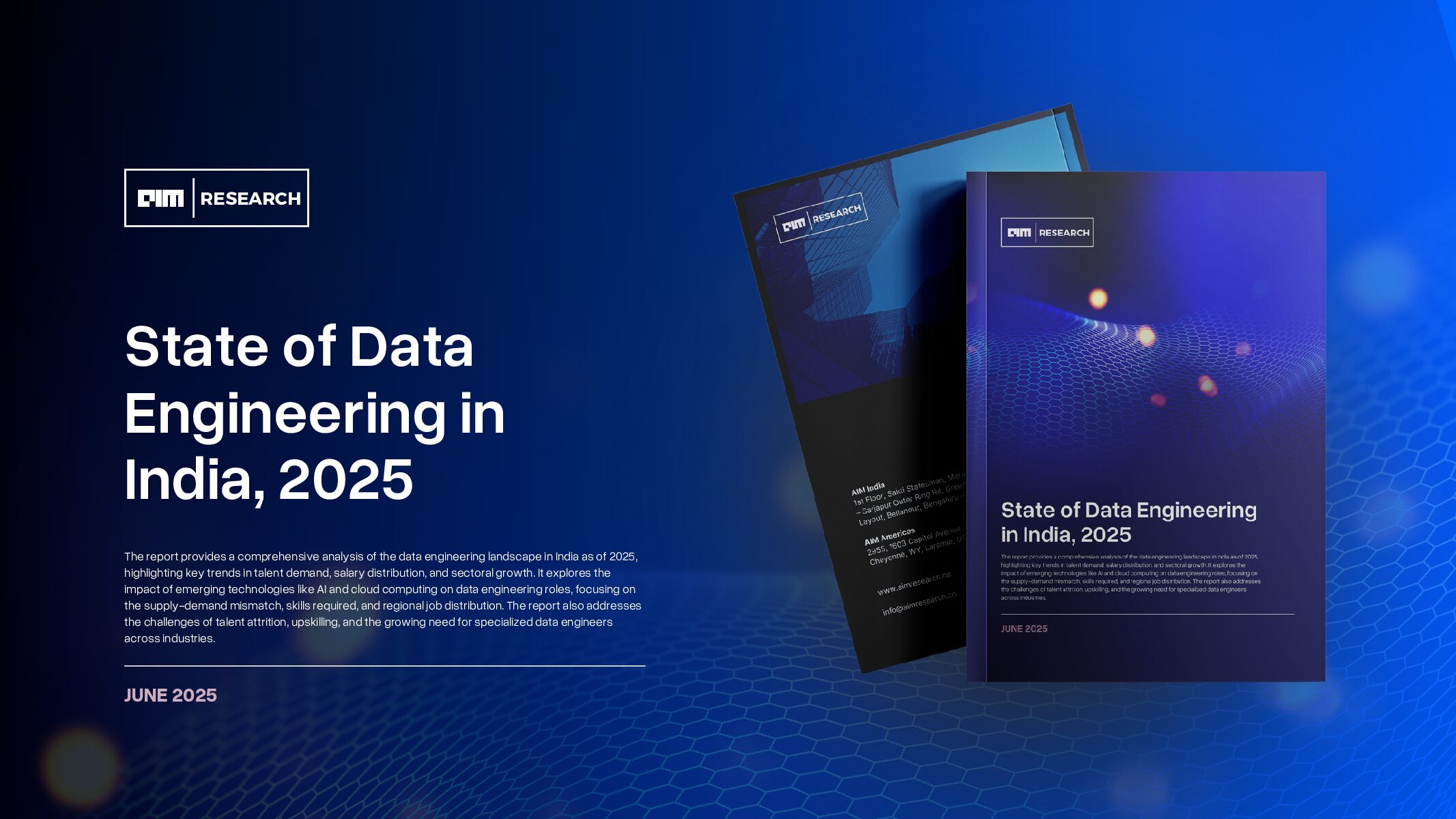In this week’s CDO Insights we have with us Pankaj Chopra who is a seasoned leader in the field of analytics and insights, currently serving as the Vice President for Analytics & Insights at Mondelez International. With a career spanning over 25 years, Pankaj has left an indelible mark on the industry through his impactful work at renowned companies such as Johnson & Johnson and Procter & Gamble.
During his extensive career, Pankaj held influential roles across various regions, including Europe, Asia, and the USA. He consistently demonstrated his prowess in spearheading global digital transformations and cultivating organizations that thrived on data, technology, and analytics. Pankaj’s contributions have been instrumental in shaping the strategies and growth trajectories of large, complex organizations and globally renowned brands.
We wanted to understand his perspective on Shaping AI Excellence in Dynamic Environments which is a strategic initiative dedicated to harnessing the potential of artificial intelligence to thrive in ever-changing landscapes. It focuses on cultivating adaptability, innovation, and precision in AI applications to meet the evolving demands of today’s dynamic world.
AIM: Your career spans across diverse industries, from Consumer Health to Education. How have you leveraged your experiences in these varied sectors to shape AI excellence?
Pankaj Chopra: My diverse corporate career, spanning various industries (consumer and healthcare), functions (marketing, analytics, data science, insights), and geographies (Europe, Asia, and the USA), has afforded me a unique perspective on the business world. This rich tapestry of experiences has allowed me to zoom out, gain a comprehensive understanding, and develop a holistic perspective of business dynamics.
While my primary role is as a corporate executive, I embarked on a teaching journey at Rutgers Business School five years ago, driven by my passion and a desire to give back. Initially, it may seem that my corporate background in healthcare and consumer goods is vastly different from teaching and education. However, as I delved into the world of teaching at Rutgers Business School, I discovered a profound synergy between my corporate career and my role as an educator. Teaching allowed me to distill my extensive corporate experiences and present them to my students in digestible “bite-sized” pieces. In this process, I found myself dissecting, analyzing, and articulating my knowledge at a deeper level and from a fresh perspective. Engaging with students sparked dynamic discussions, leading to the generation of new thoughts and ideas. I eagerly took these insights back to my corporate life, where I seamlessly integrated these learnings into my work. This symbiotic relationship between my teaching and corporate roles has been incredibly enriching and empowering, enhancing both aspects of my professional journey.
AIM: From leading Global Analytics at Johnson & Johnson to mentoring at Rutgers Business School, your journey bridges corporate leadership and education. How has this blend of roles influenced your approach to cultivating AI excellence, especially when dealing with emerging talents?
Pankaj Chopra: My corporate role and teaching experience form a seamless partnership, constantly feeding into each other’s growth. In the corporate world, I engage in experimentation, continuous learning, and skill-building. In contrast, in my teaching role at Rutgers Business School, I take on the role of a coach and actively seek feedback from students. This two-way exchange of knowledge creates a symbiotic relationship between my corporate and teaching endeavors.
Teaching and mentoring at Rutgers Business School expose me to a diverse array of questions and challenges from students hailing from various backgrounds, industries, and functions. These unique perspectives and inquiries are often distinct from what I encounter in my corporate role. This exposure forces me to break free from conventional thinking and encourages me to explore innovative analytics solutions. In essence, this dynamic interaction between teaching and corporate experience propels me to think outside the box, contributing to a more robust skill set and problem-solving approach in both realms.
As an example, some of my students were struggling to get real time insights for one of their and projects and I coached them to think differently and leverage unstructured data instead. This inspired me to drive a significant transformation and disrupt conventional Market Research by using NLP, correlations of structured and unstructured data, predictive analytics etc.
AIM: As you transitioned from regional roles to global leadership positions, how did you navigate the complexities of managing analytics and insights on both localized and international scales?
Pankaj Chopra: Regional roles and global roles within organizations indeed have distinct areas of focus and deliverables. In a regional role, the primary responsibility often revolves around managing a specific geographic segment of the business. The key objectives typically include achieving revenue and profit targets for that particular region. In this context, analytics plays a crucial role in addressing real-time business challenges and opportunities. Its purpose is to provide actionable insights that directly contribute to meeting immediate business goals and delivering tangible business value in the short term.
Conversely, a global role within an organization entails a broader and forward-looking perspective. The primary aim is to ensure that the organization remains adaptive and relevant for the future. This involves anticipating and understanding the evolving landscape of business and technology. Professionals in global roles are tasked with building capabilities, products, and organizational structures that are not only adaptable but also poised for long-term sustainability. These efforts are often geared towards the medium and long term and are designed to be scalable on a global level. In essence, global roles are about future-proofing the organization by envisioning where it needs to be in the coming years and laying the foundation for continued success on a global scale.
AIM: From Procter & Gamble to Johnson & Johnson, your journey spans organizations with rich consumer-focused portfolios. How have you harnessed consumer insights derived from data to steer these companies towards strategies that resonate with target audiences?
Pankaj Chopra: Indeed, in today’s data-rich environment, the challenge doesn’t lie in obtaining more data; data is abundant and easily accessible. Instead, the real challenge is in comprehending the business context and effectively translating business problems into data and analytics challenges. Solving these analytics problems, rooted in a deep understanding of the business, automatically translates into meaningful business impact.
Business cases encompass a wide spectrum of areas, including but not limited to consumer propositions, pricing strategies, portfolio management, and many others. The key is to bridge the gap between these business-centric issues and the capabilities of data analytics. By doing so, organizations can harness the power of data to make informed decisions, optimize strategies, and ultimately drive business success. In this data-driven landscape, the ability to convert business challenges into data-driven solutions is a pivotal skill that can give companies a competitive edge and help them thrive in an ever-evolving marketplace.
AIM: As someone deeply involved in analytics and insights, how have you seen the role of data evolve in decision-making processes over the course of your career? What strategies have you employed to ensure that data remains a valuable asset in an ever-changing business landscape and how have they changed over time
Pankaj Chopra: Absolutely, data has become a driving force in decision-making across various industries. In recent times, the volume of data has surged, and there’s a growing expectation to extract insights rapidly—answering the critical “so-what” and “now-what” questions with agility. As an analytics leader, meeting this demand necessitates innovative and pragmatic solutions throughout the data pipeline.
- Data Quality and Cleanliness: Ensuring data is accurate, reliable, and clean is the foundational step. This involves data cleansing, deduplication, and validation to minimize errors and biases in analysis.
- Robust Data Pipelines: Establishing robust data pipelines is crucial for efficient data processing. Automation and streamlining of data extraction, transformation, and loading (ETL) processes help in delivering timely insights.
- Real-Time Model Development: To keep pace with the dynamic business landscape, real-time model development is essential. Leveraging technologies like stream processing and real-time data analytics can enable rapid model iteration and deployment.
- Continuous Model Validation: Implementing mechanisms for ongoing model validation ensures that models remain accurate and reliable as data evolves. This involves monitoring model performance and retraining when necessary.
- Scalable and Adaptive Solutions: Building solutions that can adapt to changing data volumes and business requirements is critical. Scalable infrastructure and flexible modeling techniques are key components.
- Always-On Availability: Providing an “always on” analytics solution means ensuring that insights are accessible when needed, whether it’s for daily decision-making or ad-hoc queries.
By embracing these strategies, analytics leaders can meet the increasing demand for quick, data-driven insights while maintaining data quality and adaptability to evolving business conditions. This approach enhances an organization’s agility and competitiveness in an era where data-driven decision-making is paramount.
























